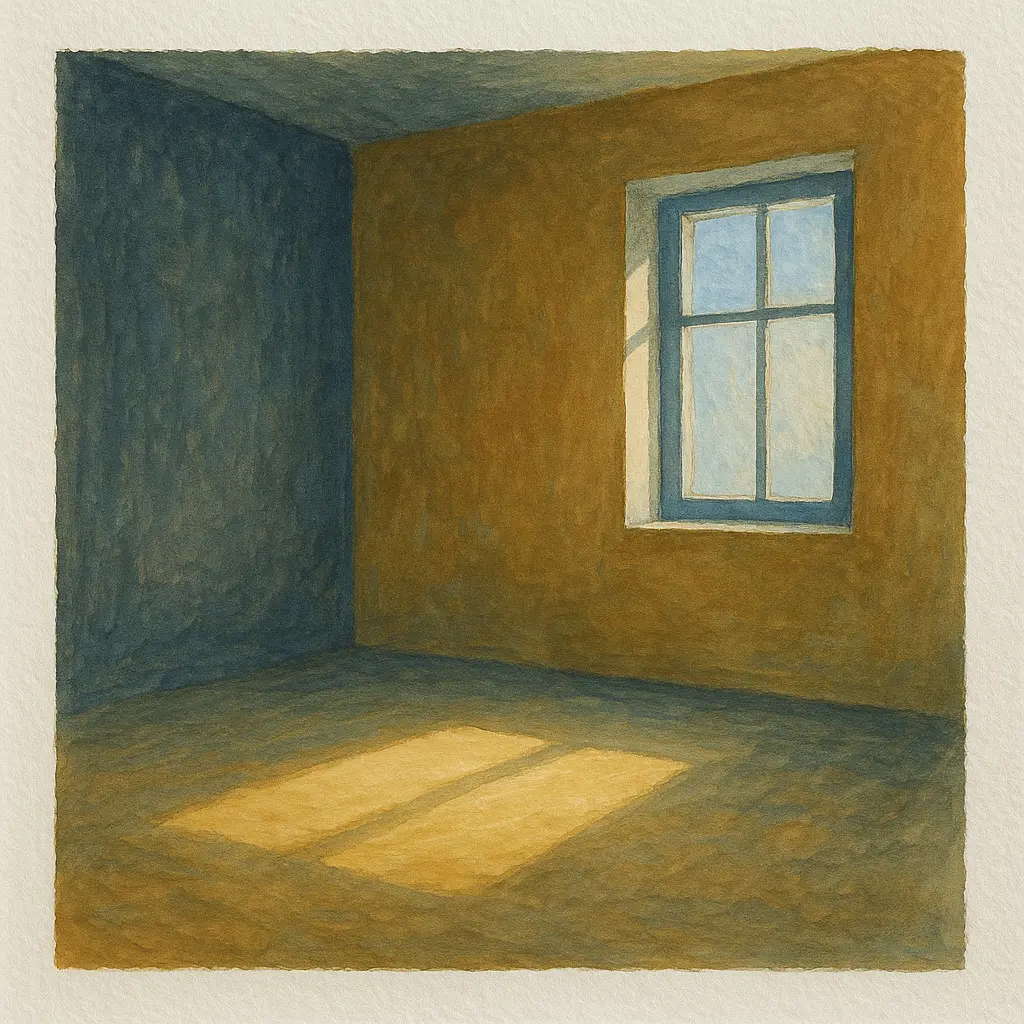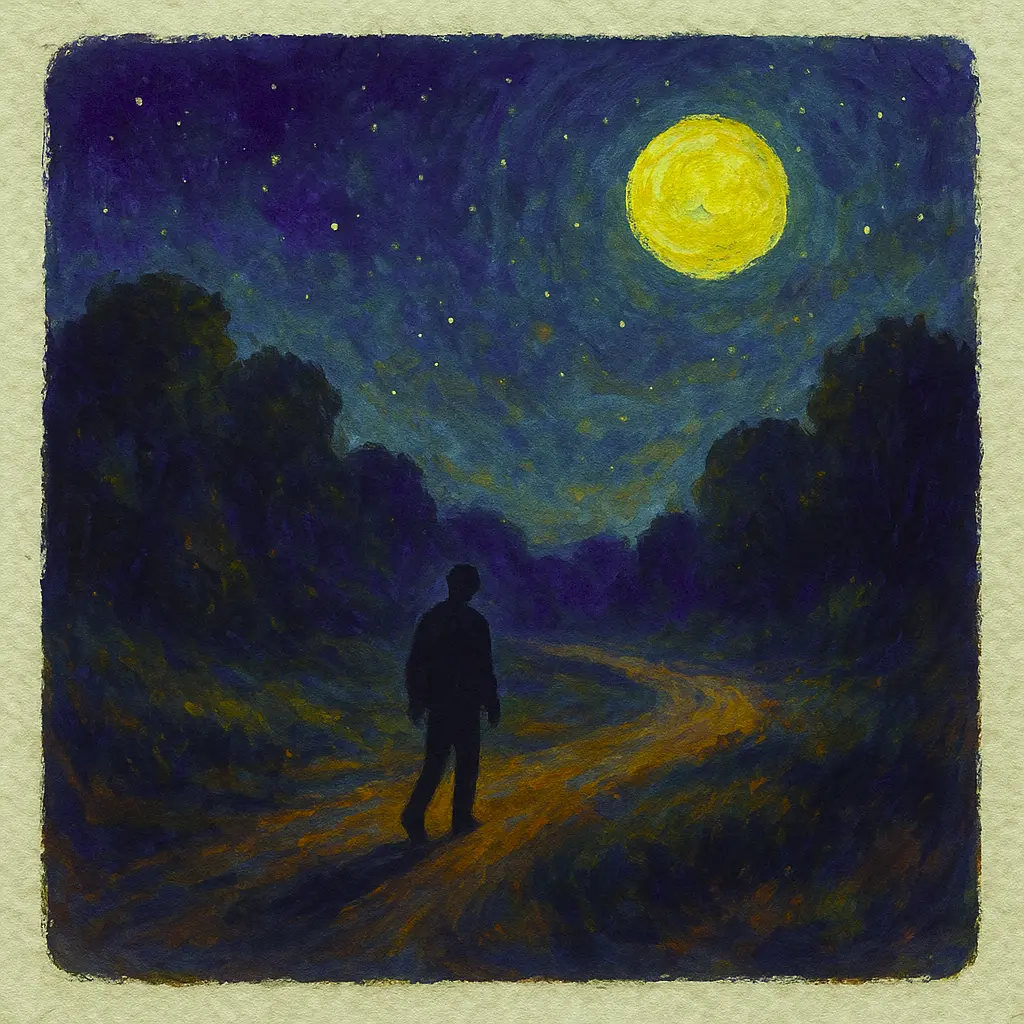This text is not a clinical report but a personal account. It describes what remains when neurological reality and psychological exhaustion define everyday life – and how medication, structure, and awareness can restore a certain ability to act. It reflects on living with depression and epilepsy from my own perspective: not theoretically, but practically – as someone who lives, composes, and works within both conditions.
There are days when the body speaks before any thought appears. Even before consciousness fully forms, there is that draining fatigue – as if sleep had consumed energy instead of restoring it. No dramatic darkness, more a quiet emptying that only begins to fade as the morning unfolds. When I speak of depression, I don’t mean sadness. I mean the silencing of energy, the disappearance of inner movement.
Without Duloxetine and Valproate I would remain in that state – not out of unwillingness, but because the system itself would fail to start. These medications are no symbols, no rescue gesture, but the technical foundation of my existence – the connection between inner stillness and outward function.
Duloxetine, a serotonin-norepinephrine reuptake inhibitor, keeps the communication between nerve cells open. It prevents signals from breaking off before they form meaning. It doesn’t produce joy, but a kind of internal order that makes clear thought possible again. Without this balance, thoughts would drift into nothingness, emotions would collapse inward, and the day would lose its direction.
Valproate works on a deeper level, within the brain’s electrical activity. It increases the concentration of gamma-aminobutyric acid – the inhibitory neurotransmitter that calms excessive neuronal excitation. This makes the inner system quieter, more even. It protects against epileptic discharges, but also against the abrupt psychological breakdowns related to them. It doesn’t suppress life; it limits the excess.
I don’t take these medications on my own or in search of feeling “better.” They are prescribed by two doctors – one neurologist and one psychiatrist. Both monitor the treatment continuously, check blood levels, adjust dosage, observe reactions. This medical balance is part of the treatment itself. It prevents overshooting, keeps the chemistry stable, and guards against the return of chaos.
Depression has no face. It doesn’t begin or end. It shifts perception, sound, timing. Everything slows down, becomes heavier. Even small actions require conscious effort. I remember days when the sound of a falling spoon felt unbearable. In such moments, even music – my innermost space – became foreign. I could hear it, but it reached nothing.
The effect of medication never arrives suddenly. There is no switch. It happens through repetition, through consistency. It is not an impulse but a line. Only when the level of active substances remains stable does thought regain reliability. I don’t notice the change instantly, but I sense it when thoughts regain direction, when perception stops breaking apart. Stability is inconspicuous, yet it is the thin line between awareness and paralysis.
I’ve learned not to fight depression, but to understand it. It isn’t a flaw of character but a chemical deviation. I cannot meditate it away or argue it into submission. I can only live with it – without letting it define what I am.
When the balance holds, something like normality returns. Not a peak state, but functionality. I can write, think, compose – not easily, but steadily. This stability is not a triumph, only a form of return.
The medication doesn’t create euphoria. It opens a space where decision becomes possible again. And that is enough. Action is the difference between living and merely observing.
I no longer see depression as an enemy. It is a force that reveals limits – the fragile architecture linking body, brain, and awareness. Creativity, for me, does not grow out of pain but from the attempt to understand it without surrendering to it.
In my music, this never appears directly. It moves through structure, tempo, repetition – through the attempt to build calm where inner unrest persists. Perhaps that is the real purpose of my work: to create order that doesn’t heal, but holds.
Duloxetine and Valproate are quiet companions, hardly noticed while they work. Yet without them, everything would fall apart. They are not metaphors or philosophies, but molecular realities. I take them, and life returns – not as ideal, but as something manageable.
Perhaps functionality itself is the quietest form of freedom.


